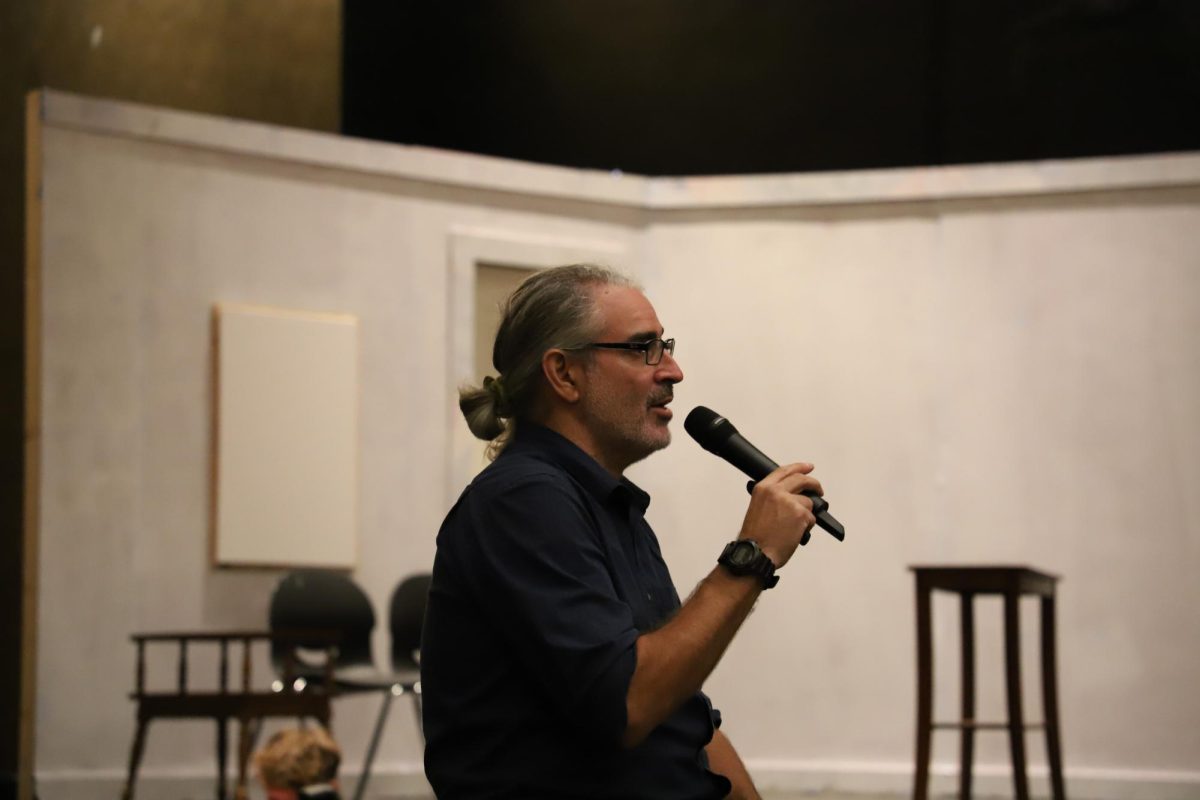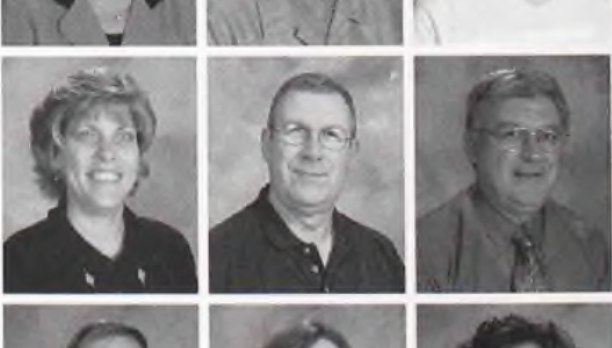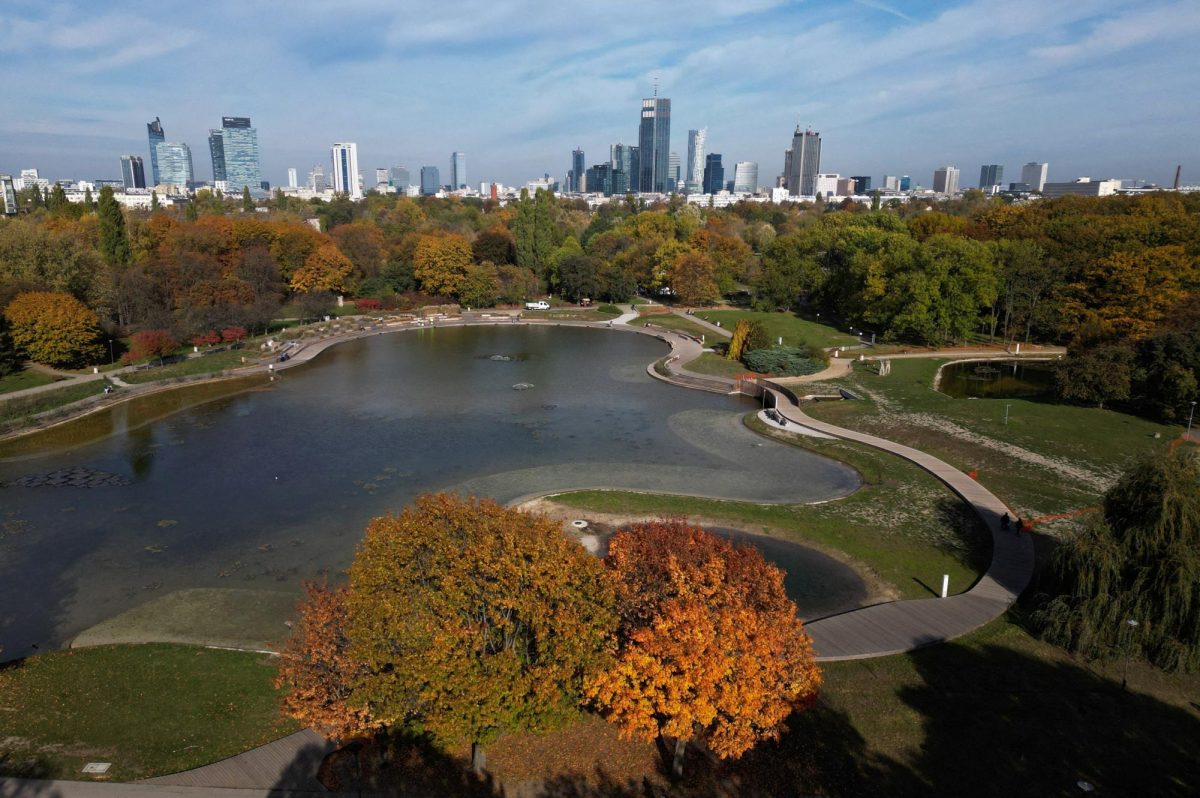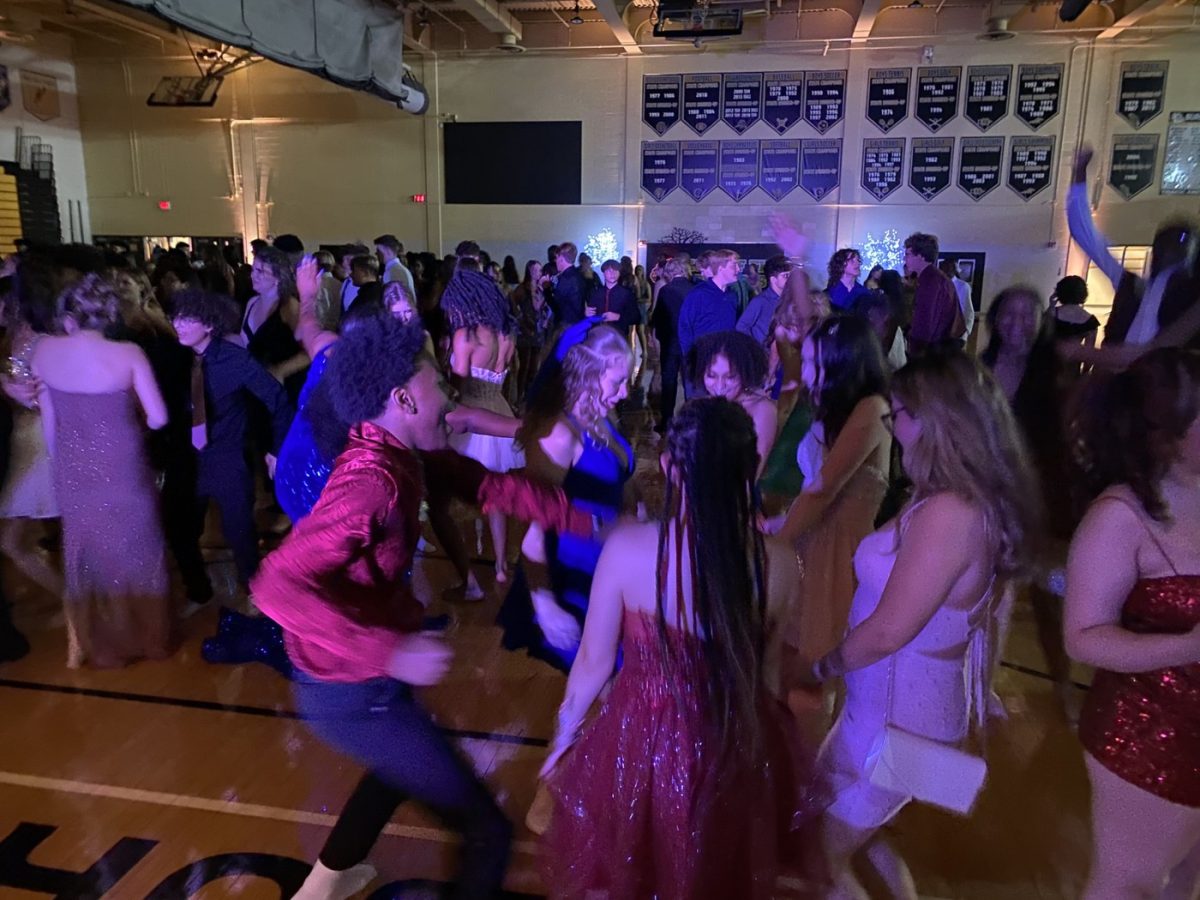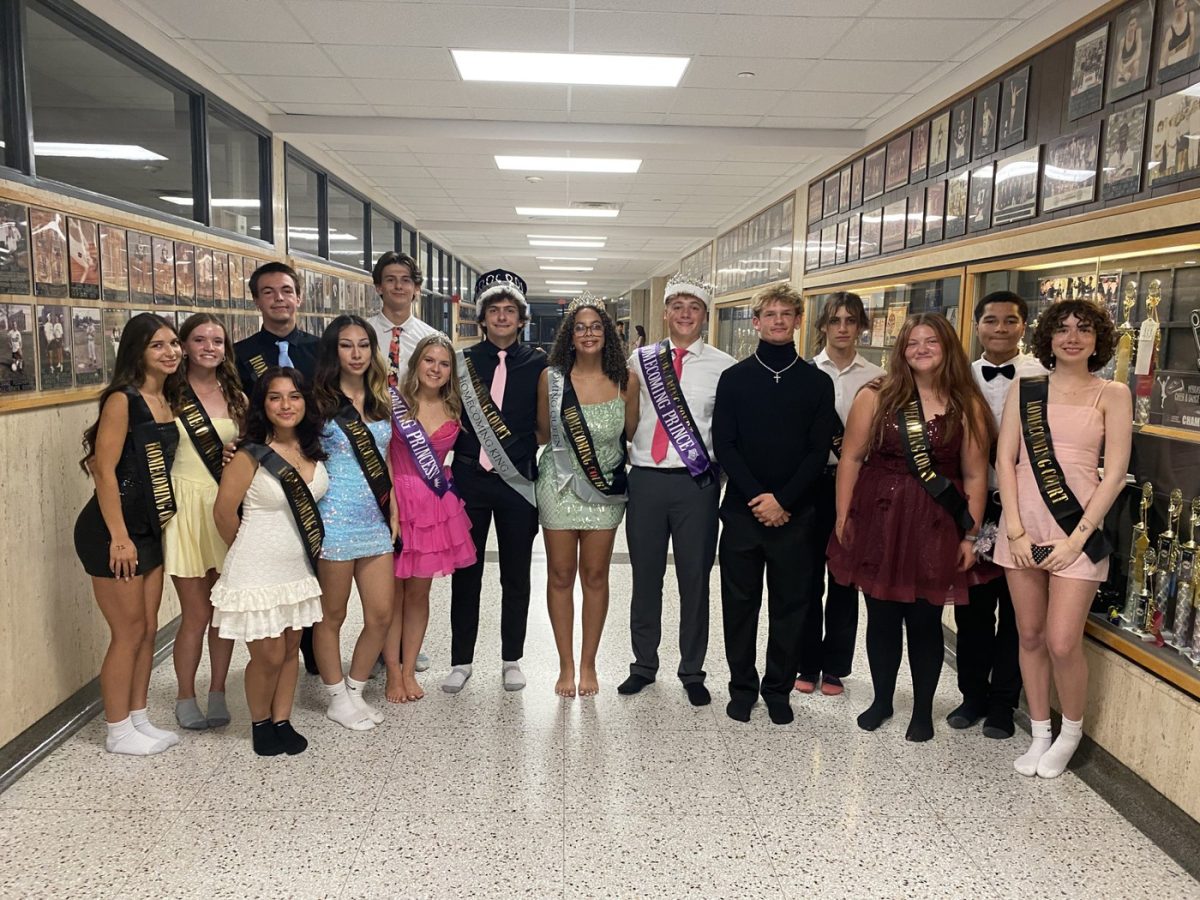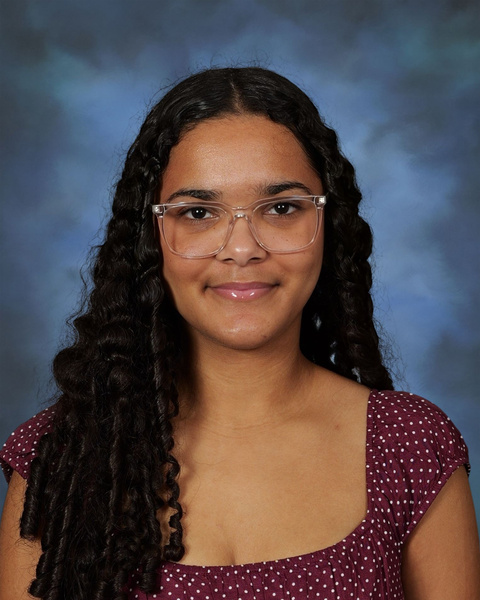From the 2010 war in Kandahar, Afghanistan, to the Mexican drug war, Louie Palu has made it his job to travel the world and cover stories through photography in what many may say is some of the most dangerous situations.
Photography wasn’t always in the cards for Palu. But after discovering the art of photography and journalism at a young age, it quickly turned into something much bigger.
“I may seem all confident right now, and telling you all this stuff but man, I was so shy. I was like the loner in the trench coat at school that nobody talked to,” Palu said. “That was me. Photography was a way for me to connect with people. It’s a great moment where you can express something inside of you that you can’t get out in just a conversation; that’s what photography did for me. I got to talk about things that I cared about. Things that made me angry, sad, and happy. I used photography to talk about it.”
Palu is no stranger to covering stories in dangerous situations. It’s important to take a step back and make sure not only you but the people around you are safe and not put at risk.
“I always talk about safety being the most important thing. Safety is not just about you, but there are people who love you. If you get hurt if something happens to you they get hurt too. I’m always thinking of my wife, my family, my friends and how they feel. I also think of the people in front of my camera. That I’m not putting them at risk. I also have that in mind when I’m going to these places, that I’m not identifying them. It comes to having conversations with these people, and community, getting a lot of diverse ideas and asking questions,” Palu said.
Looking at photos and physically taking photos are two completely different experiences. Being present and in the moment gives a sense of responsibility while photographing these precious moments.
“I feel responsibility because I’m entrusted by readers, by the public to go somewhere,” Palu said. “Sometimes the access is limited or not at all, or it’s trying to be prevented. I feel the responsibility to report on things that can prevent harm to people, or that can improve peoples lives.”
Every photo tells its own story. And its no secret that each photograph means something different for each person who views it.
“It’s all subjective. Say someone is having Ike with something, and I did a story on it,” Palu said. “To that person that might be the biggest story in the world. It may not be for somebody else. I think all stories are personal. It depends on the audience and who’s viewing it.”
Emotion is one of the biggest aspects of photography. Putting work out there that means something to you and that could mean something to others is very important.
“My advice to anyone who wants to pursue this is to work on stories that move you, that make you angry. That even make you see beauty in the world. The stories don’t have to be some global situation, it could be someone in your community that tells a story that’s universal, so work on stories that sometimes you have a personal connection to, because I think that drives something. You don’t need to travel internationally to work on important stories write around your community. Everyone has important stories to tell,” Palu said.



